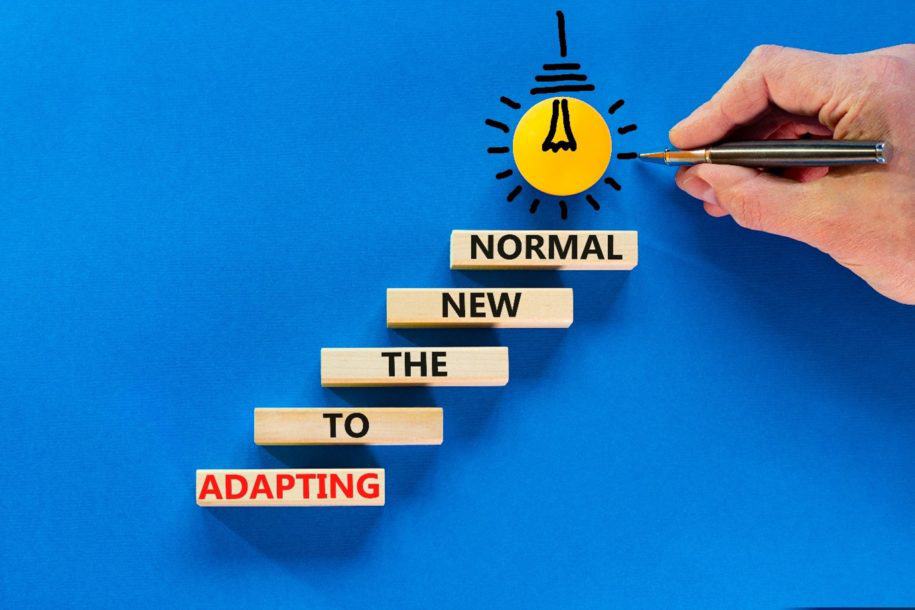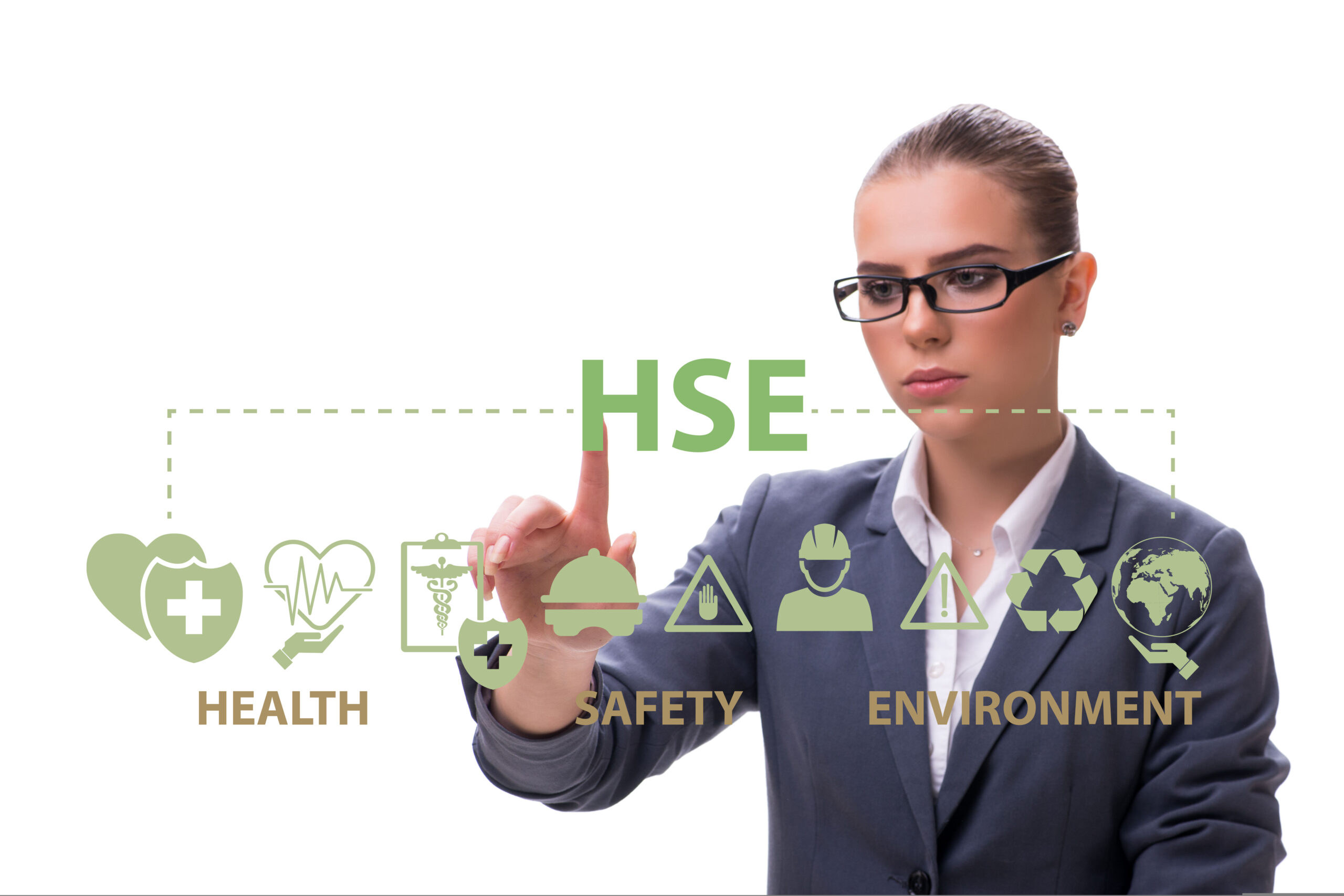Businesses are at risk of succumbing to the effects of sea level rise, particularly power outages, supply-chain disruptions, and the loss of clients. With the threat of rising sea levels already here, businesses should look for ways to make themselves more resilient in these vulnerable areas. This article will discuss three strategies businesses can employ to mitigate the repercussions of sea level rise.
1. Make existing processes more sustainable.
Sustainability is a cornerstone of climate action. By substituting non-renewable resources with ones that can be replenished, we are able to meet the needs of the present without compromising future generations. For businesses, the sustainable route also means continuous profitability and longevity. In a nutshell, sustainability makes business sense by attracting more customers, getting ahead of regulations, and boosting profits. A final motivating factor for businesses to adopt practices for increased sustainability is as a means of protection from the disruptions caused by sea level rise.
A previous article touched on the fact that electricity is a critical resource for businesses and that it is a considerably weak link in the chain of sea level rise resilience. To reduce dependence on vulnerable and centralized power sources, businesses can substitute conventional practices for more renewable electricity suppliers. For the past decade, the global furniture giant, IKEA, has been building a fleet of wind turbines and solar panels and is currently producing green electricity that extends 30% past its operational requirements. Having this independent power supply not only protects the company from fossil fuel price fluctuations but also minimizes the risk of disrupted operations from power outages.
Apart from utilizing a green power supply, businesses can also practice sustainability by using locally sourced raw materials. Airports and seaports are becoming increasingly compromised by extreme weather events and sea level rise. As such, local sourcing means that businesses are less susceptible to the challenges of international cargo disruptions and growing shipping and air freight costs. Aside from the obvious benefits to the environment, sustainable processes also shield businesses from several risk factors and contribute to simplified planning for contingencies and more cost-efficient acquisitions of climate insurance.
2. Plan for emergencies.
Consulting with experts in climate modelling and assessing business sections that could be at risk from severe weather and sea level rise are important steps in creating a plan to secure business operations during an emergency. Contingency plans should be made for each climate scenario and subsequent rise in sea level. Checking which physical assets (buildings, vehicles, machinery) are at risk of inundation in the next few years and decades is a necessity for the long-term success of such a plan. Implementing comprehensive asset management software can assist in accurately pinpointing weak points in operations and allow businesses to plan accordingly. Also, businesses should conduct investigations to assess the vulnerabilities of suppliers and determine whether sea level rise has the potential to halt production and delay the delivery of goods. Emergency orders also drive raw material prices up, affecting a business’ bottom line. Being prepared to relocate assets and shop for alternative suppliers can help a business stay operational, even if the worse should happen.
3. Acquire climate insurance.
Acquiring climate risk insurance can help businesses strengthen their financial resilience during extreme weather events. This type of insurance reduces the effect of natural disasters on a business and can be used to boost resilience efforts for more effective preventive risk reduction. However, as the planet continues to warm, insurance premiums will become more costly as insurance companies disburse more and higher claims in response to more frequent and devastating weather events. Acquiring climate insurance now locks in current premium rates. With natural catastrophes accumulating a $190 billion price tag in 2020 (an amount that has grown 20 times in the past 50 years) the insurance industry is constantly recalibrating the pricing of climate risks for its clients. As insurance companies set premiums according to the possibility of encountering and being affected by the events they were created to protect against, businesses should begin climate-proofing and increasing the sustainability of operations.
Sea level rise is already changing where and how business is done. Sustainable practices, emergency planning, and climate insurance not only help businesses in day-to-day operations management but also ensure long-term viability.
Author Bio
The SafetyStratus Research Advisory Group (RAG) brings together thought leaders from the global environmental, health, and safety community to promote best practices and provide key insights in the profession and the industries they serve. The Research Advisory Group also advocates, where practical, the intersection of and advances with the use of technology, such as the SafetyStratus enterprise EHS software platform. Group membership consists of representatives from across varied disciplines and market sectors as well as select members of the SafetyStratus team.
The primary objectives of the SafetyStratus RAG partnership are to:
- Build a strategic partnership between EHS practitioners and the SafetyStratus team.
- Provide engaging and practical content to the global EHS community.
- Provide discipline and market feedback specific to SafetyStratus products and services.
While the objectives of the RAG are varied, the primary public-facing outcome will be available through engaging and practical content found on the SafetyStratus resource pages. Various articles, papers, and other valuable resources will be produced and shared as part of an ongoing effort to cultivate a robust community. Ultimately, the SafetyStratus RAG will expand to have a broader reach and provide opportunities for more inclusion by all interested EHS professionals a collaborative community environment.
References
Berg, A., Schlag, N., & Stuchtey, M. (2015). Getting the most out of your sustainability program. McKinsey & Company. Retrieved 4 June 2022, from https://www.mckinsey.com/industries/retail/our-insights/getting-the-most-out-of-your-sustainability-program
Dunn, K. (2021). Ikea could be your next renewable energy supplier. Fortune. Retrieved 4 June 2022, from https://fortune.com/2021/11/23/ikea-ingka-group-renewable-energy/
Engel, H., Enkvist, P., & Henderson, K. (2015). How companies can adapt to climate change. McKinsey & Company. Retrieved 4 June 2022, from https://www.mckinsey.com/business-functions/sustainability/our-insights/how-companies-can-adapt-to-climate-change
Institute for Environment and Human Security (2027). 7 things you need to know about climate risk insurance. Ehs.unu.edu. Retrieved 4 June 2022, from https://ehs.unu.edu/news/news/7-things-you-need-to-know-about-climate-risk-insurance-2.html
Lynch, D. (2021). Inside America’s Broken Supply Chain. The Washington Post. Retrieved 4 June 2022, from https://www.washingtonpost.com/business/interactive/2021/supply-chain-issues/
Palmieri, P. (2022). Insurers and global warming: time for a new business model. Société Générale. Retrieved 4 June 2022, from https://wholesale.banking.societegenerale.com/en/insights/news-press-room/news-details/news/insurers-and-global-warming-time-for-new-business-model/
Poormoaied, S., & Demirci, E. (2021). Analysis of an inventory system with emergency ordering option at the time of supply disruption. OR Spectrum, 43(4), 1007-1045. https://doi.org/10.1007/s00291-021-00636-x
SafetyStratus (2021). The Importance of Aligning Business Decisions with Environmental Considerations. SafetyStratus EHS Pulse. Retrieved 4 June 2022, from https://www.safetystratus.com/blog/the-importance-of-aligning-business-decisions-with-environmental-considerations/.



